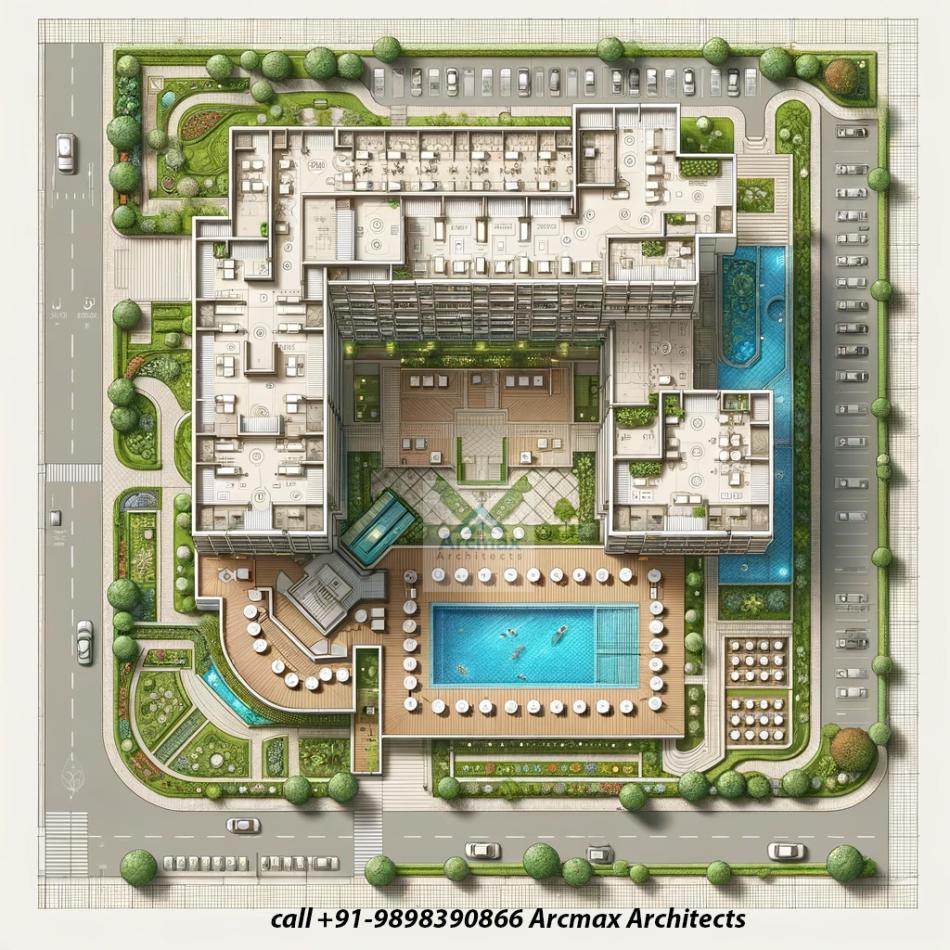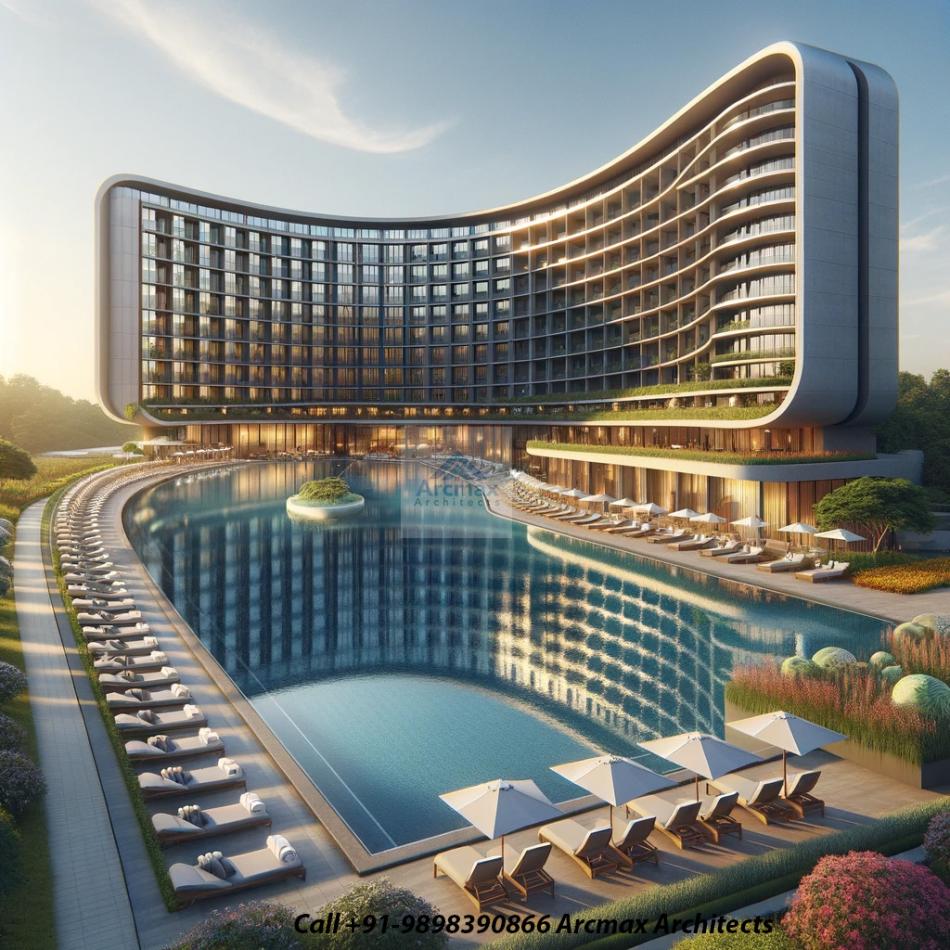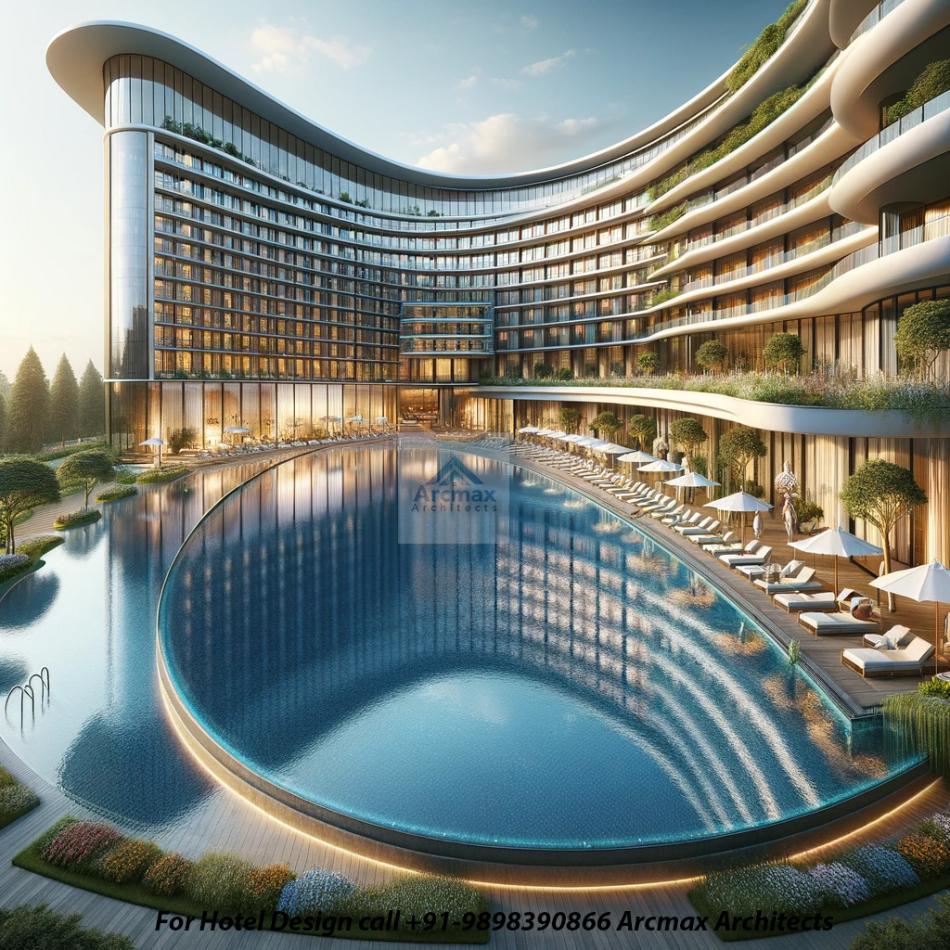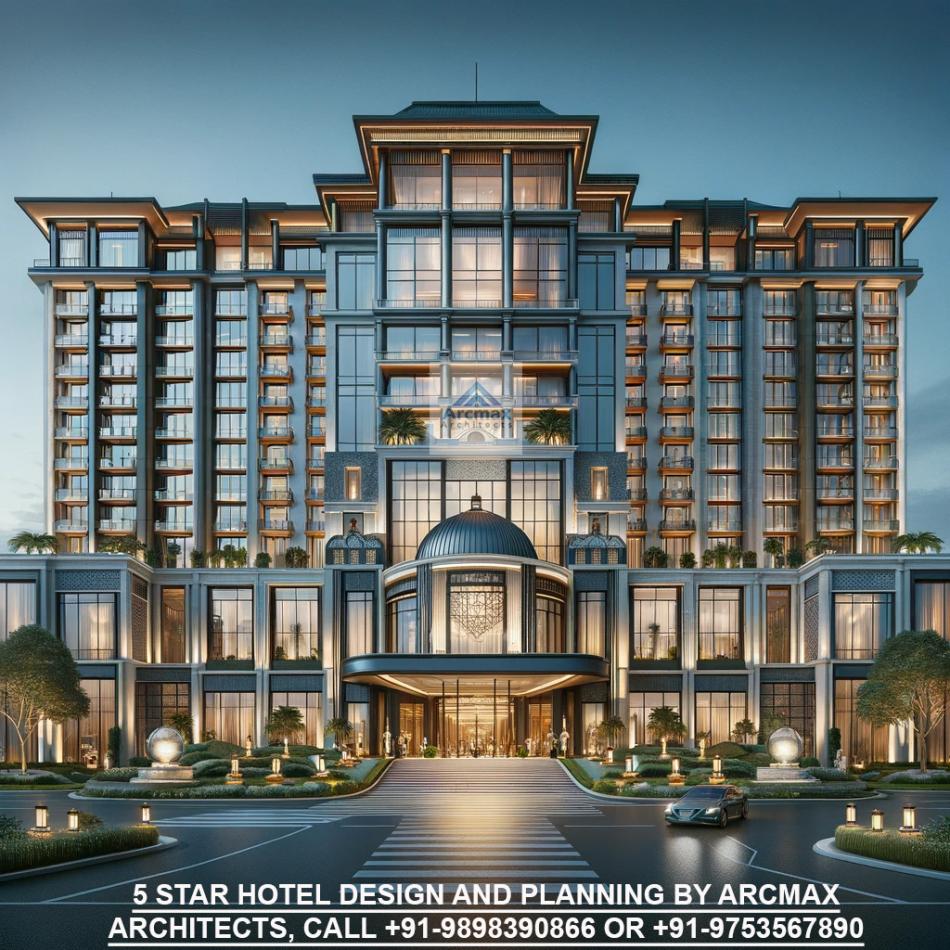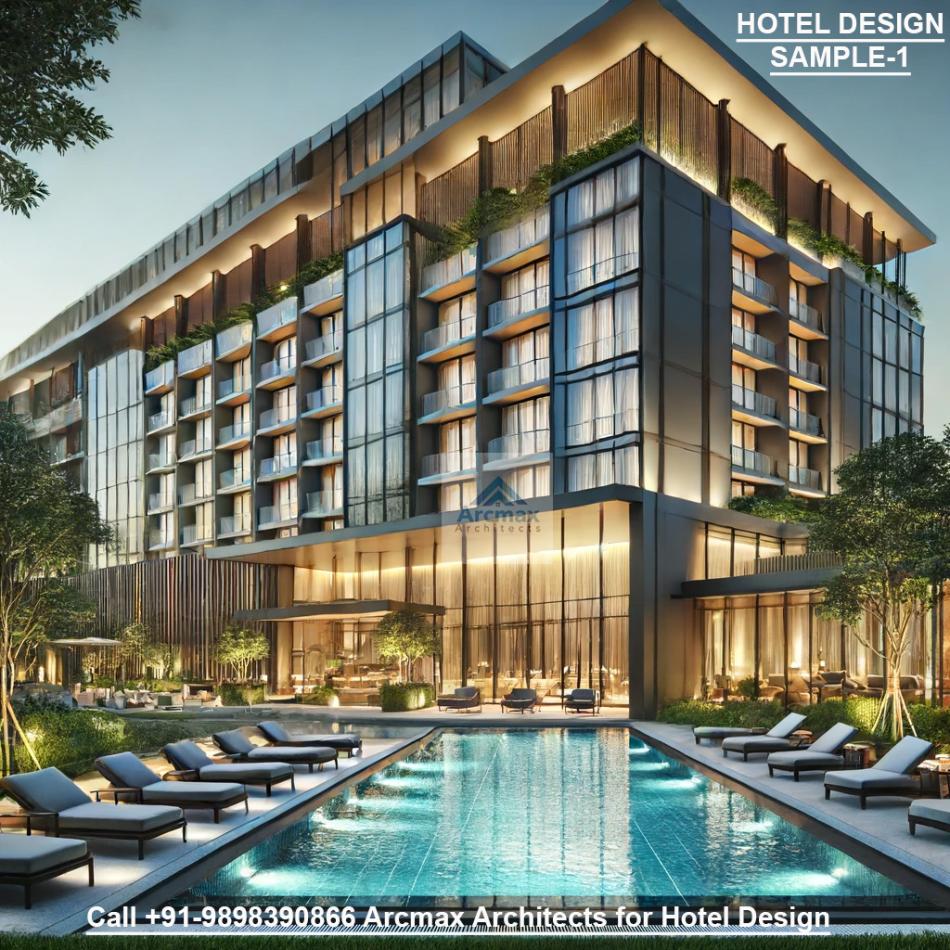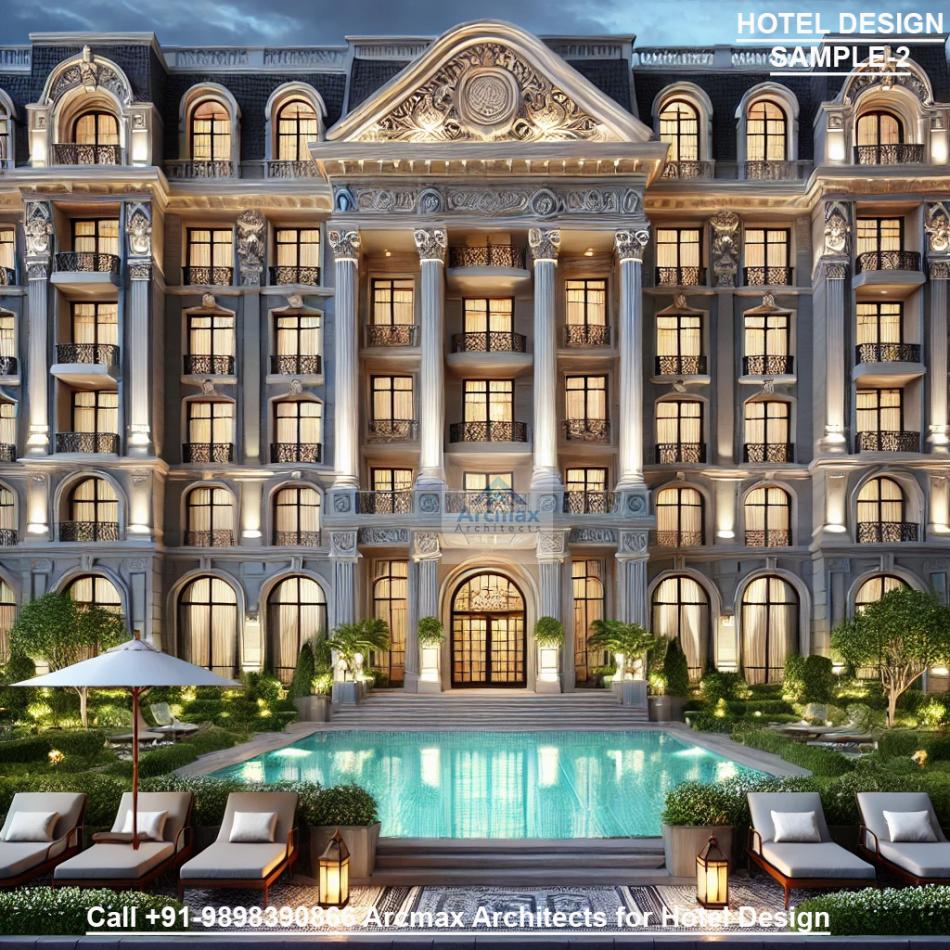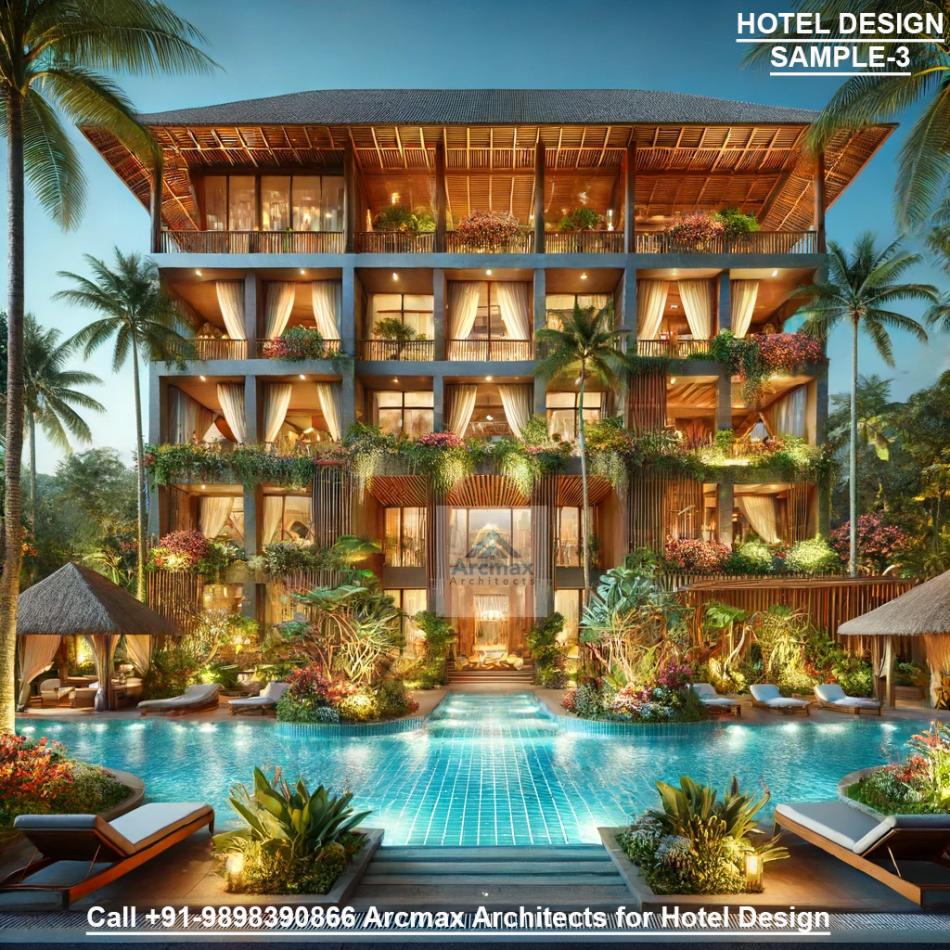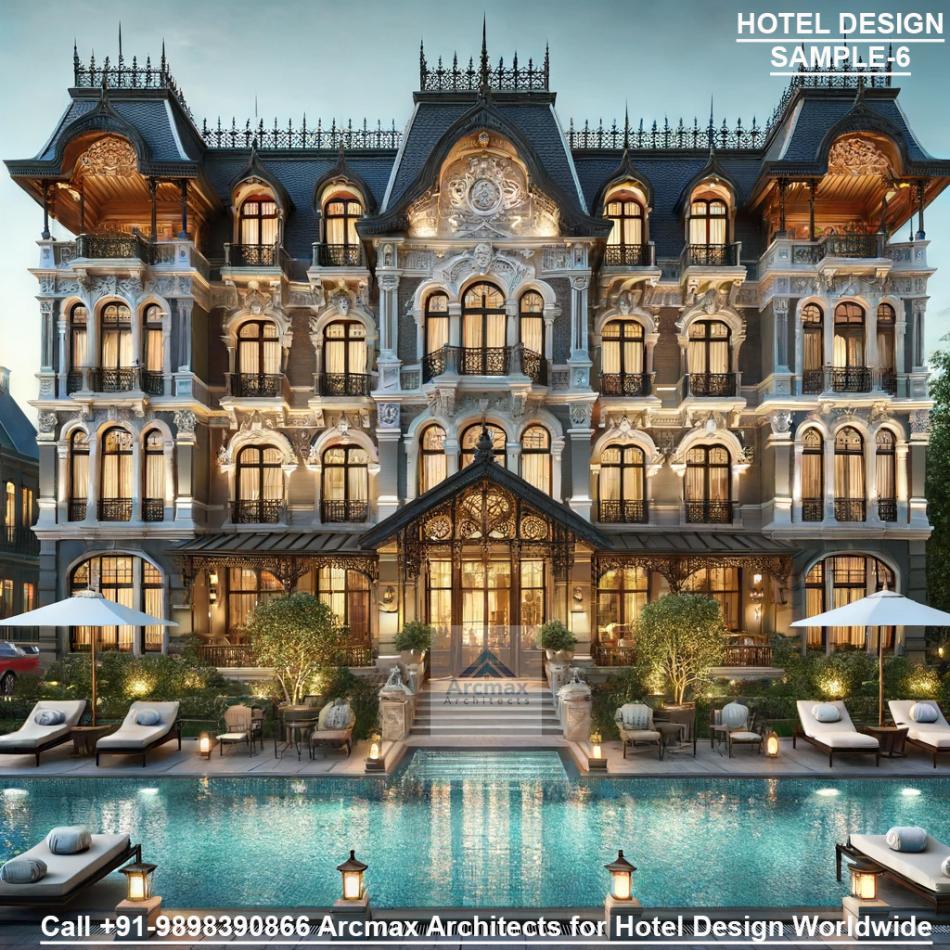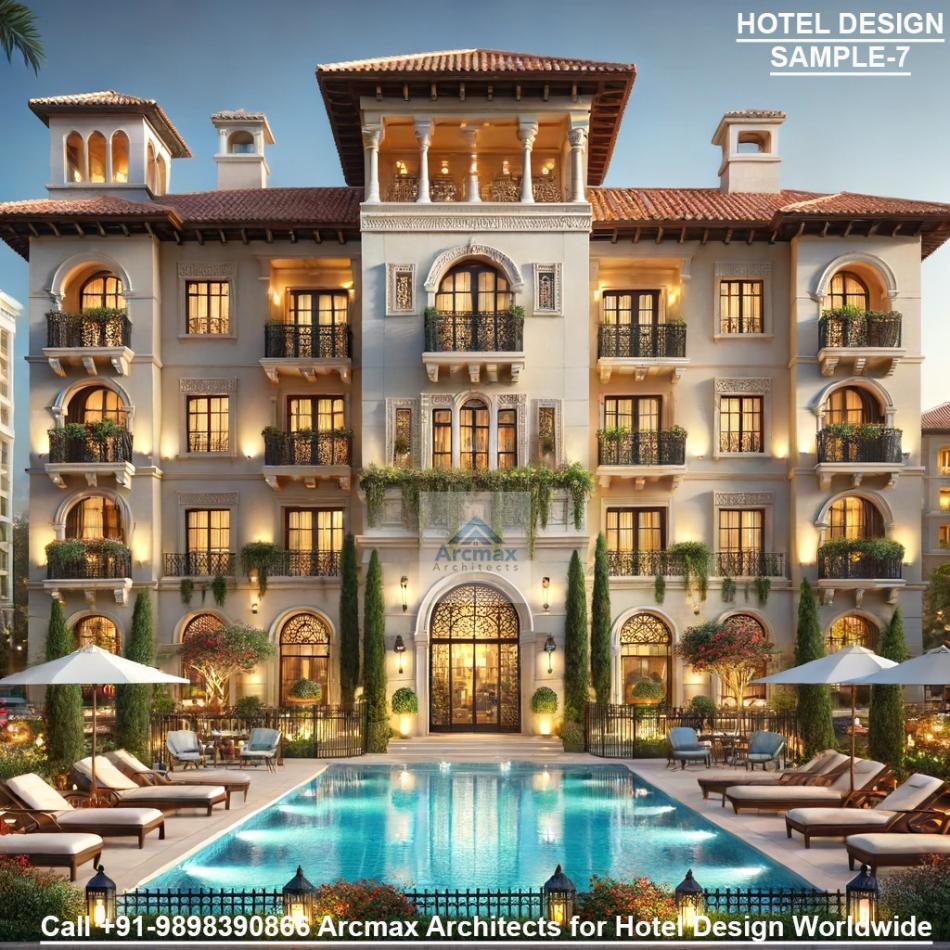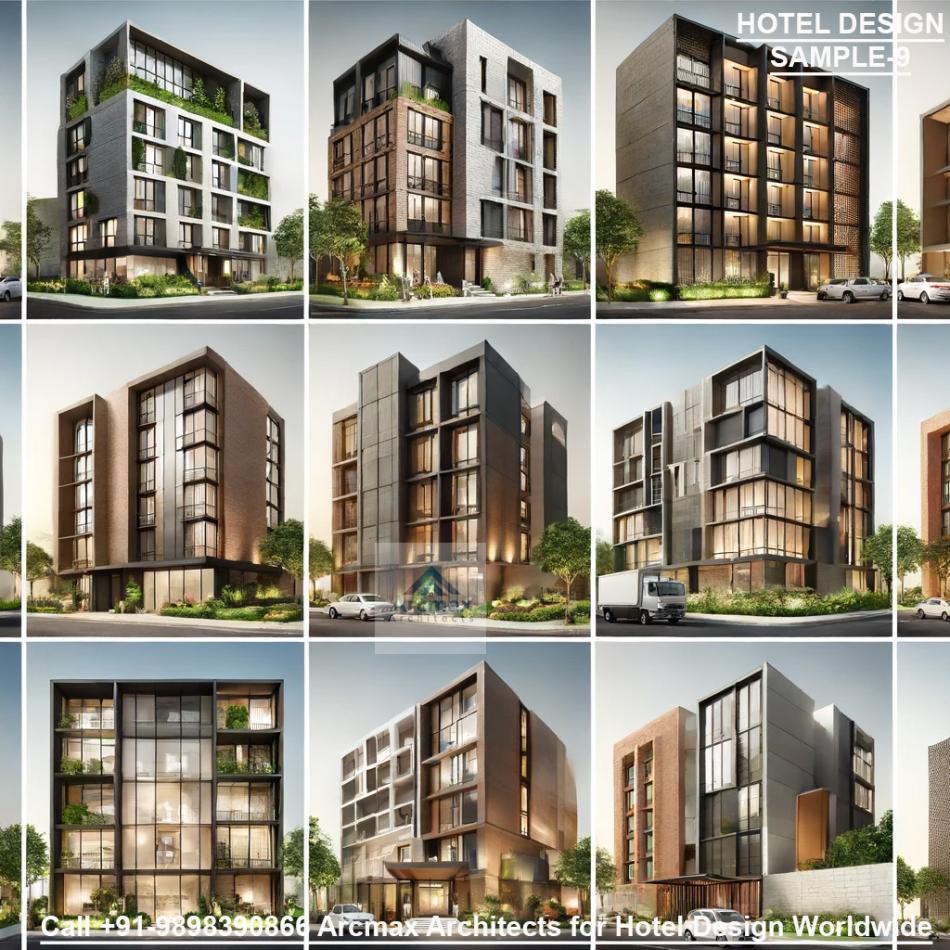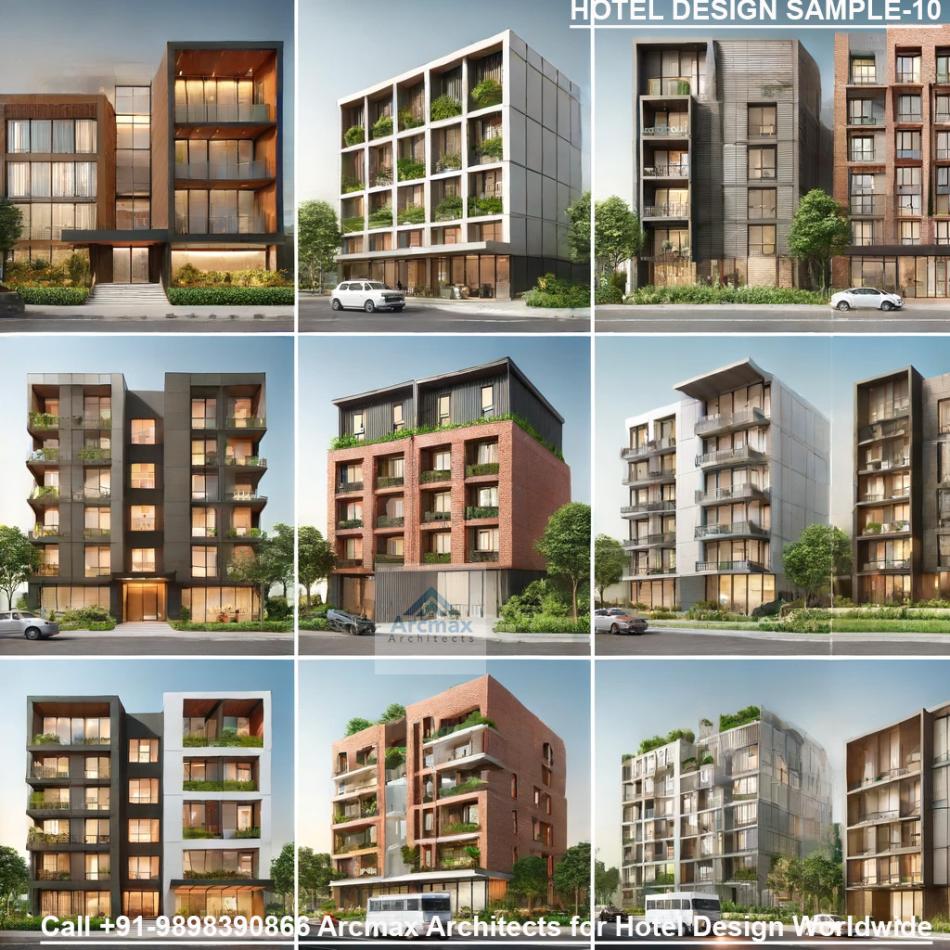Bakeri City, Pincode: 380015 Ahmedabad, Gujarat, India,
244 Madison Avenue, New York, United States
Our Client






Best Architects for budget and economy hotels in India, USA and UK
Designing and planning budget and economy hotels involves creating cost-effective, efficient, and guest-friendly environments. These hotels cater to travelers seeking affordability without sacrificing cleanliness, comfort, and convenience. The challenge lies in balancing cost-saving measures with the quality of the guest experience. Here are essential strategies and considerations for budget and economy hotel design and planning:
1. Efficient Use of Space
- Compact Room Design: Optimize room layouts to include essential furnishings and amenities in a compact space, ensuring comfort without excess.
- Multipurpose Areas: Design spaces that serve multiple purposes, such as a lobby that doubles as a dining area or a meeting space, to maximize utility and reduce square footage requirements.
2. Cost-Effective Construction and Materials
- Modular Construction: Consider using prefabricated or modular construction techniques, which can reduce building time and construction costs.
- Durable Materials: Select materials that are both affordable and durable, minimizing maintenance and replacement costs over time. This includes flooring, fixtures, and furnishings.
3. Simplified Amenities and Services
- Essential Amenities: Focus on providing essential amenities that meet the basic needs of guests, such as free Wi-Fi, a comfortable bed, and a clean bathroom, rather than luxury extras.
- Self-Service Options: Implement self-service options for check-in/check-out, dining, and room service to reduce staffing requirements and offer convenience to guests.
4. Energy Efficiency and Sustainability
- Energy-Saving Features: Incorporate energy-efficient lighting, heating, and cooling systems to reduce operational costs. Consider solar panels or other renewable energy sources to further decrease energy expenses.
- Water Conservation: Install low-flow toilets and showerheads and implement water recycling systems to minimize water usage and reduce utility bills.
5. Aesthetic Appeal and Comfort
- Smart Design Choices: Use color, texture, and lighting creatively to make spaces appear larger and more inviting without significant additional costs.
- Functional Furniture: Select furniture that is both functional and stylish, providing comfort and convenience to guests while enhancing the room's aesthetic.
6. Technology Integration
- Digital Services: Offer digital services like online check-in/check-out, free Wi-Fi, and digital room keys to meet the expectations of tech-savvy travelers while streamlining operations.
- Cost-Efficient Solutions: Employ technology solutions that are cost-efficient and scalable, ensuring that the hotel can adapt to technological advancements without substantial reinvestments.
7. Location and Accessibility
- Strategic Location Selection: Choose locations that are accessible and convenient for travelers, such as near airports, highways, or public transportation, while also considering property costs.
- Local Partnerships: Develop partnerships with local businesses and attractions to offer guests value-added services and experiences, enhancing their stay without significant investment from the hotel.
Conclusion
The design and planning of budget and economy hotels require a strategic approach that emphasizes efficiency, functionality, and guest satisfaction, all while managing costs. By focusing on innovative construction methods, sustainable practices, and clever use of technology, developers can create affordable accommodations that do not compromise on quality or guest experience. Through careful planning and design, budget and economy hotels can serve as practical, comfortable, and enjoyable options for cost-conscious travelers.




